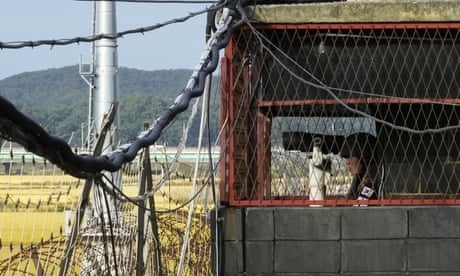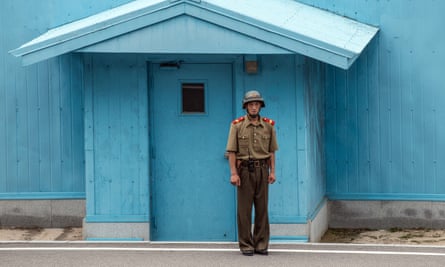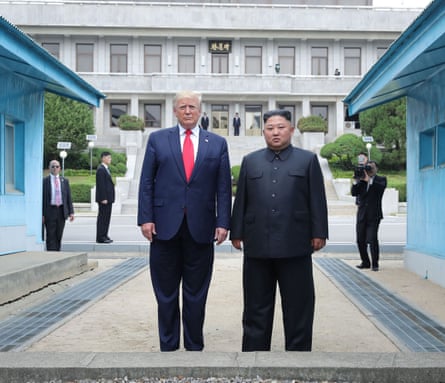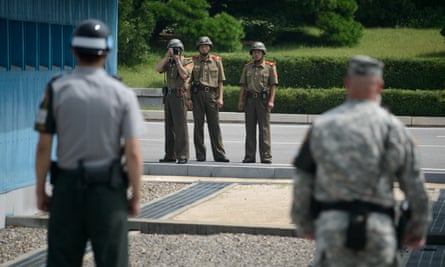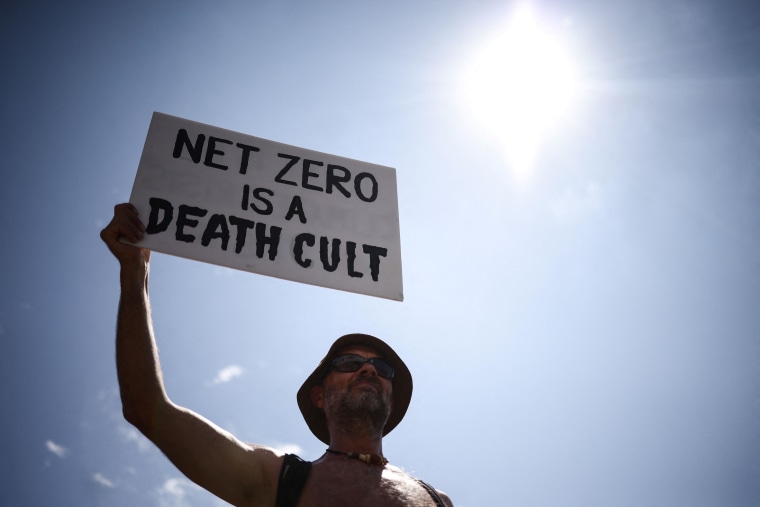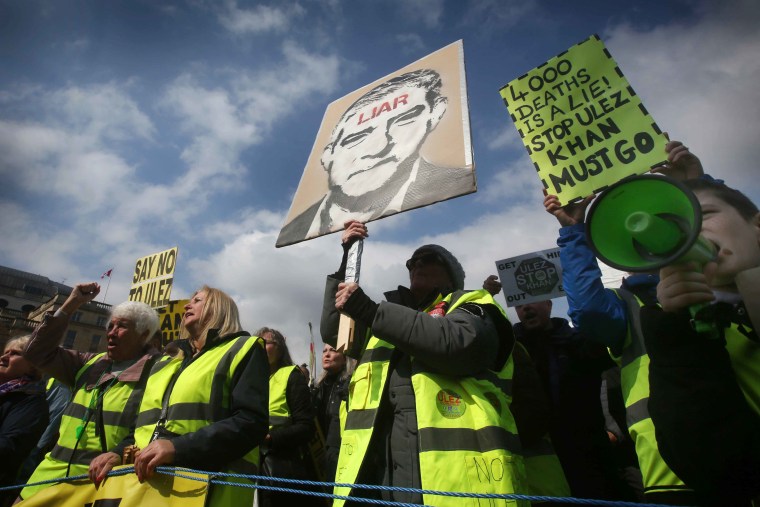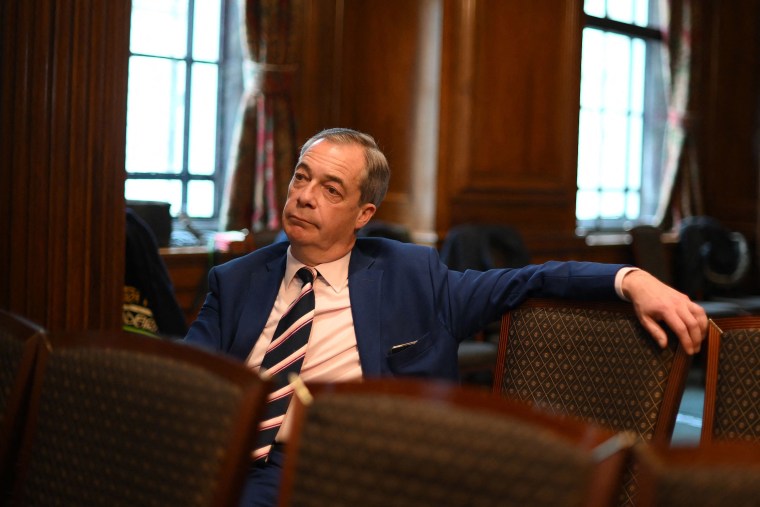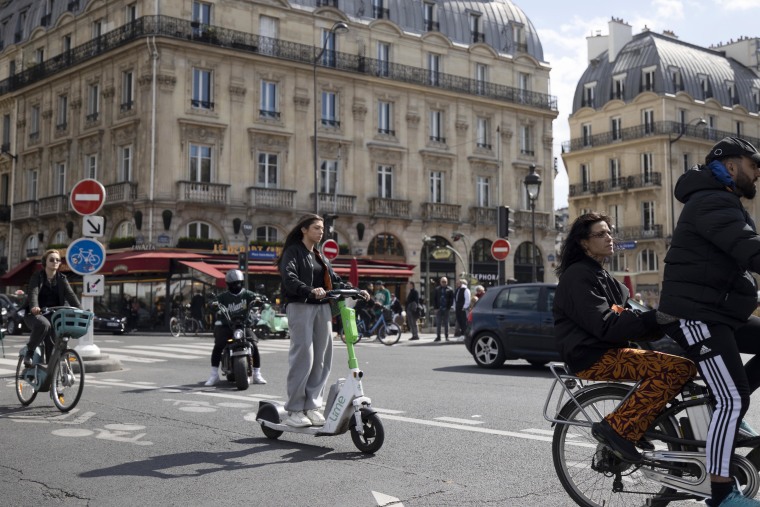Rents are rising across Britain, and the nation’s most famous landlord was no exception. He received about $34 million from his real estate portfolio.


Reporting from London
Rents in the United Kingdom are rising at a record pace, a trend that helped the nation’s most famous landlord, King Charles III, make a big payday.
Charles received 26.2 million pounds, or about $34.3 million, this year from his vast property empire, known as the Duchy of Lancaster. Charles inherited the estate when his mother, Queen Elizabeth II, died last fall.
The 45,000-acre estate is roughly the size of Washington D.C. and generates millions of dollars a year in rental income, without paying corporation taxes like most businesses in Britain are obliged to. (Charles voluntarily pays an undisclosed amount of tax on his private income).


The Duchy recently published its first records since Charles took the throne. They show that he has weathered the financial woes faced by his nation, raking in a bigger private income than his mother ever did.
ADVERTISEMENT
Those profits came in part thanks to increased rents on tenants living on royal land. The Duchy also saw increased earnings from commercial properties. The accounts give an early insight into how, as king, Charles is running his financial empire.
How much did he make? And what’s a duchy?
A duchy is a territory traditionally governed by a duke or duchess. The Duchy of Lancaster is a $1 billion real estate portfolio tasked with making money for whoever holds the throne. The monarch uses these funds to support the extended royal family.
The British Royal Family
- A Second Coronation: King Charles III was presented with a scepter, sword of state and the crown first worn by Mary Queen of Scots as part of a ceremony in Scotland that bore all the regal trappings of a coronation, if not the same legal status.
- Swelling Expenses: A report on the royal family’s finances shows that the king had to dip into reserves to pay for official expenses amid rising costs and expensive events like the queen’s funeral.
- Sarah Ferguson: The Duchess of York and ex-wife of Prince Andrew underwent a single mastectomy after a breast cancer diagnosis. A spokesperson said her prognosis was good.
- The End of a Partnership: Spotify and Archewell Audio, the production company started by Prince Harry and his wife, Meghan, have parted ways less than a year after her podcast, “Archetypes,” debuted on the platform.
Charles’s private income from the Duchy was £26.2 million, about £2 million more than his mother last made. Charles has fewer family members to support than his mother did.
ADVERTISEMENT
This money is separate from the annual £86 million (around $112 million) taxpayer-funded Sovereign Grant, which pays for most official royal expenses.
So, the duchy raised rents?
Yes. Records show that the Duchy raised rents by 3 percent over the last fiscal year, which is just below the pace of private rental increases that have contributed to a cost-of-living crisis.
Private rents are increasing at their fastest rate on record across the United Kingdom, though the official figures only go back to 2016. The Duchy’s rent hikes accounted for an extra £8.2 million for the royal coffers. The Duchy said that “refurbishment and restoration” had led to “improved rental values.”
Of course, Charles is not a typical landlord. He does not rely on rental income to pay his home mortgage or household bills.
ADVERTISEMENT
What does this tell us about Charles?
Charles ascended to the throne at a time when millions of British residents cannot afford their living expenses. Standards of living are falling as wages fail to keep pace with rising housing and food costs.
The king appeared to be sharply aware of this when, after his mother’s passing, royal sources began telling the British media that Charles envisioned a “slimmed-down monarchy.”
The latest Duchy of Lancaster figures show no notable signs of cost-cutting in Charles’ private estate. Operating costs increased 40 percent as the Duchy hired more staff and gave its chief executive a pay rise to £275,000.
This is in keeping with the ambitious business-focused strategy he had as prince, when he ran the Duchy of Cornwall, a separate real estate portfolio now handed to his son William.
ADVERTISEMENT


Charles brought two executives from the Duchy of Cornwall along with him after he inherited his mother’s estate. Several senior money-managers who worked with Charles during his time at the Duchy of Cornwall told The New York Times that Charles opposed outsourcing and preferred to keep the estate in the hands of a trusted group of insiders.
Some of the changes to the Duchy of Lancaster have been planned for as long as a decade, said Paul Clarke, who served as the Duchy’s chief executive for almost 13 years until 2013.
Royal observers have noted for years that Charles was unlikely to shift his business-driven strategy as king.
ADVERTISEMENT
“Will the longest standing royal heir in British history really want to downsize his inheritance when he at last gains the crown?” the historian and royal commentator David McClure wrote in his book, “The Queen’s True Worth.”
How important is the Duchy?
The Duchies are the main sources of private income for the royal family. But they represent a small fraction of the family’s estimated $28 billion fortune, which includes the monarch’s closely-guarded personal wealth, real estate assets under the Crown Estate, the Sovereign Grant from the government, and Buckingham and Kensington palaces.
The royal family has long fought to keep its wealth a secret. Some historians have described the family as more secretive than the intelligence services.


ADVERTISEMENT
Mr. Clarke, the former Duchy chief executive, described his hiring process as a “cat and mouse” game, where he had to sign a nondisclosure agreement to even discuss the job and wasn’t told who he might be working for.
Newton Investment Management and Stanhope Capital manage most of the duchy’s financial investments, which are kept closely guarded. Two former partners told The New York Times that the Duchy placed no restrictions on investments — just “give me a good return,” one said. Charles, though, did discourage environmentally unfriendly moves such as investing directly in oil companies.
Royals do not have to explain how they spend the private income they take from the duchies. When Charles was 4, for example, he began receiving £209,000 (in today’s value) from his estate. In a letter to civil servants, the Duchy of Cornwall only said the money was for his “maintenance and education.”
An earlier version of this article misstated the dollar equivalent for the annual £86 million taxpayer-funded Sovereign Grant. It is about $112 million, not $112 billion.
When we learn of a mistake, we acknowledge it with a correction. If you spot an error, please let us know at nytnews@nytimes.com.Learn more
Jane Bradley is an investigative reporter covering the United Kingdom for The Times. She is based in London, where she focuses on uncovering abuses of power, financial crime and corruption, and social injustices. More about Jane Bradley
ADVERTISEMENT

 What is the Joint Security Area between North and South Korea?
What is the Joint Security Area between North and South Korea?